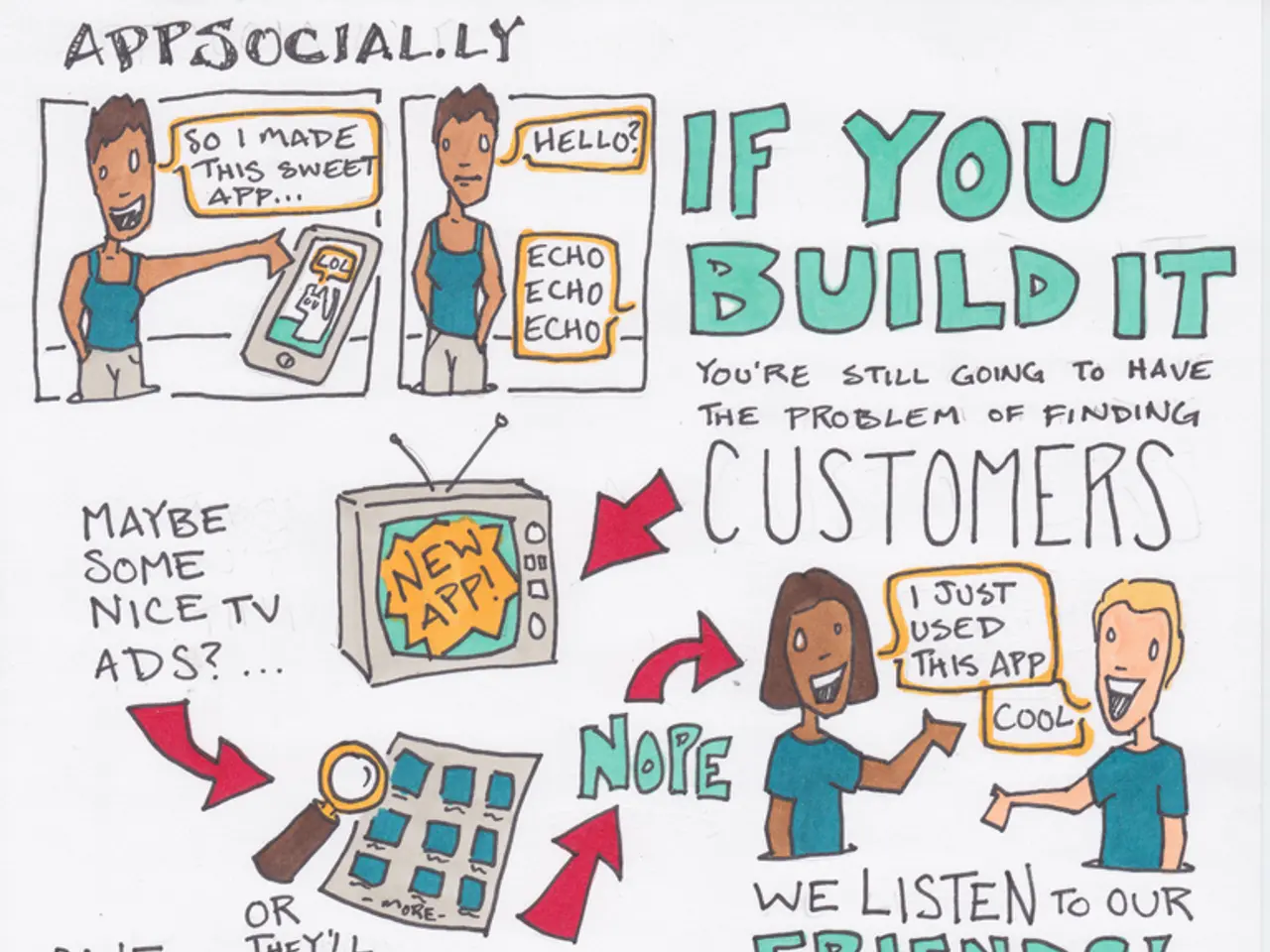Exploring the psychological aspects of captivating narratives in visual media
Video storytelling has emerged as a potent marketing tool, leveraging the intricate workings of the human brain to captivate audiences and foster deeper engagement with brands. By tapping into our emotional and cognitive processes, video narratives can create an immersive experience, amplify impact, and resonate with consumers on a personal level.
The Science Behind Video Storytelling
Neuroscience and psychology reveal that video storytelling activates brain systems involved in attention, emotion, and memory. One such system is the mirror neuron system, which helps viewers empathise and feel connected to the story, driving emotional engagement, deeper attention, better recall, and a stronger motivation to act [1][4][5].
Moreover, in an increasingly competitive online environment, video storytelling techniques that create stimulus variety and dynamic engagement, like split-screen formats or carefully structured narratives, can sustain viewers' focus despite distractions [3].
Crafting Emotionally Engaging Video Narratives
To create compelling video stories, marketers should focus on authentic, relatable narratives that mimic real life or tap into universal human emotions like hope, fear, joy, or struggle [2][4]. Dynamic visual and auditory elements, such as animated characters, dynamic text, and split-screen ASMR techniques, can also help maintain attention by stimulating competing sensory inputs and preventing habituation [2][3].
Balancing storytelling with clear brand visibility is crucial, ensuring the narrative supports rather than distracts from the marketing message to optimise consumer perception and engagement [1]. Emotional hooks, like suspense, humour, or personal testimonies, can encourage sharing, comments, and deeper viewer interaction [2][5].
A well-structured video story should have a clear beginning, middle, and end, with a hook, intriguing narrative, and meaningful takeaway [5]. Crafting narrative arcs with a clear structure (beginning, conflict, resolution) can make content memorable and motivating, facilitating action toward the brand’s goals [5]. Personalising content where possible can also increase its relevance and impact [5].
Platform-Specific Storytelling
Different platforms require different approaches to video storytelling. For instance, TikTok and Instagram Reels demand short, punchy narratives with strong hooks and quick cuts, trending audio, and text overlays [6]. Small businesses can gain traction with relatable, emotional, and visually told origin stories [6].
LinkedIn requires professional stories and insights tailored to decision-makers, with a focus on founder stories, case studies, or customer testimonials [7]. YouTube is ideal for longer, more detailed storytelling, allowing for character development, emotional arcs, and deeper message exploration [7].
Leveraging Data in Video Storytelling
ERP systems like Dynamics 365 Business Central can reveal insights for emotionally resonant video storytelling, grounding stories in truth and building credibility and connection [8]. Using data in video storytelling can also help businesses create narratives that resonate with their target audience [8].
In conclusion, integrating psychological and neuroscientific insights about attention, emotion, and social cognition with creative storytelling techniques enables marketers to produce videos that secure attention, evoke emotional connections, and drive measurable consumer action effectively [1][2][3][4][5]. Anyone can tell stories in videos with the right understanding of message shaping, emotional tap, and visual intention.
- By focusing on relatable narratives that tap into universal human emotions and using dynamic visual and auditory elements, marketers can create video stories that activate brain systems involved in attention, emotion, and memory, thereby fostering deeper engagement with their brand and resonating with consumers on a personal level.
- In the realm of personal growth and learning, video storytelling can be an effective tool for sharing insights and experiences, as it provides an immersive experience that activates emotional and cognitive processes, aiding memory recall and encouraging deeper understanding.




